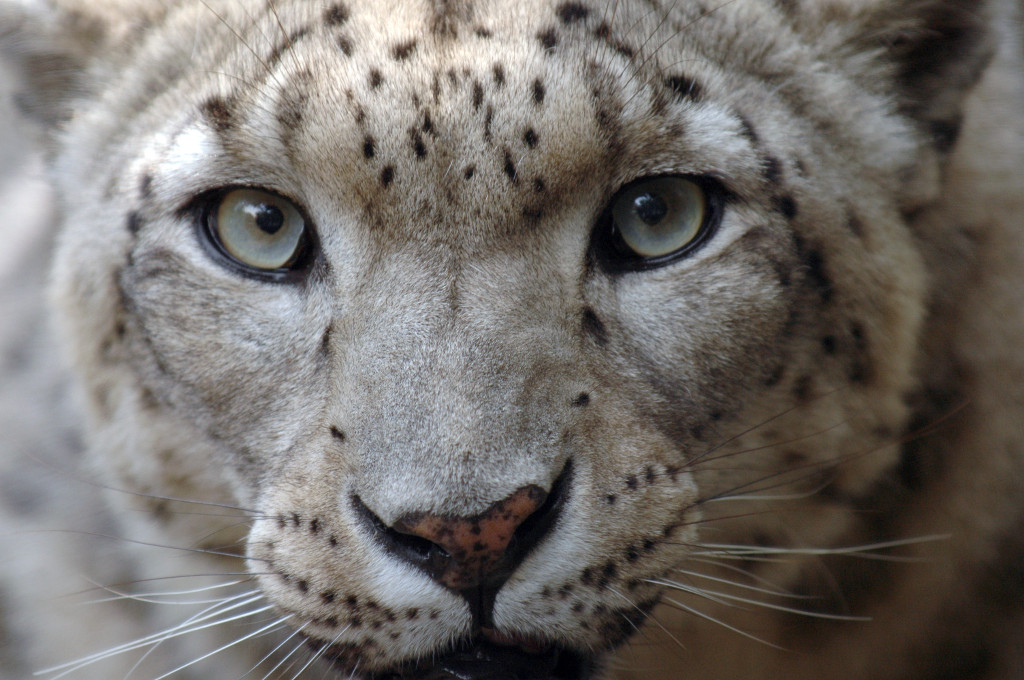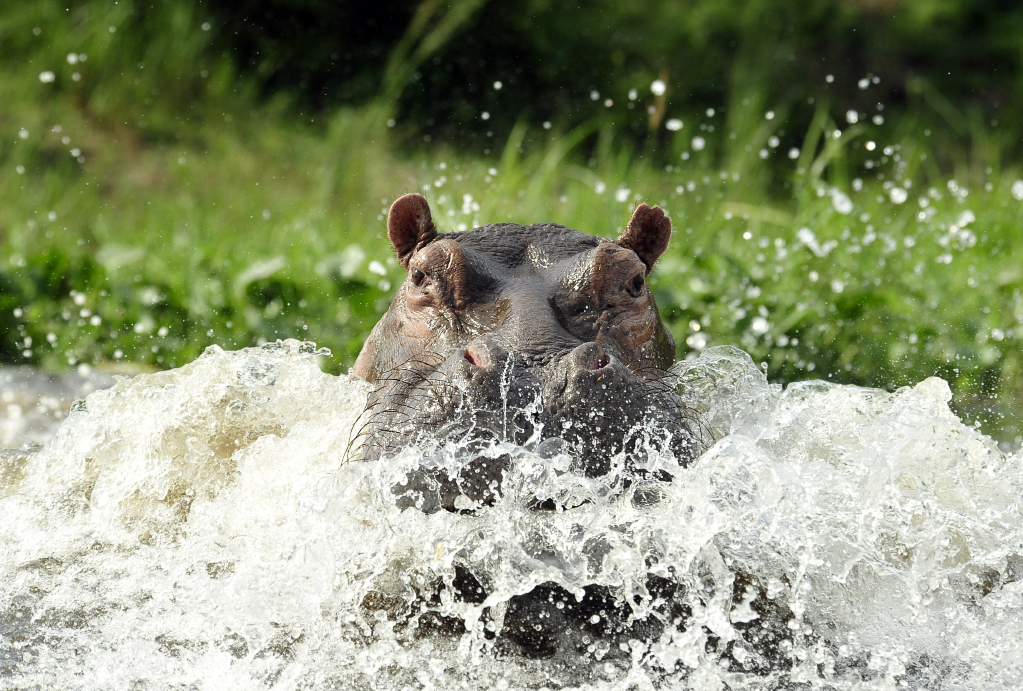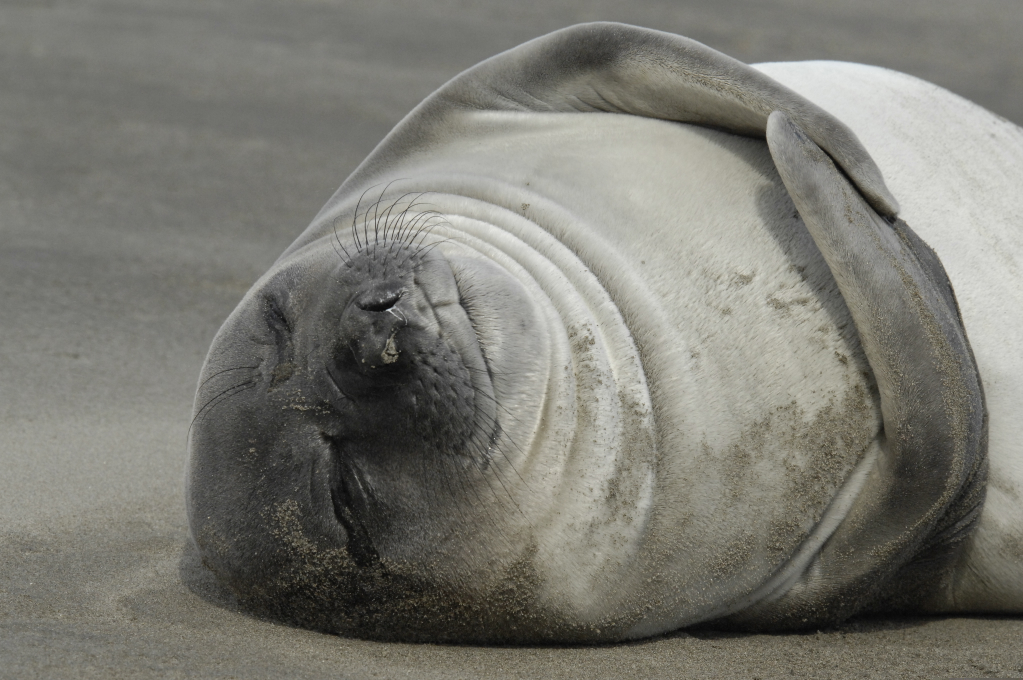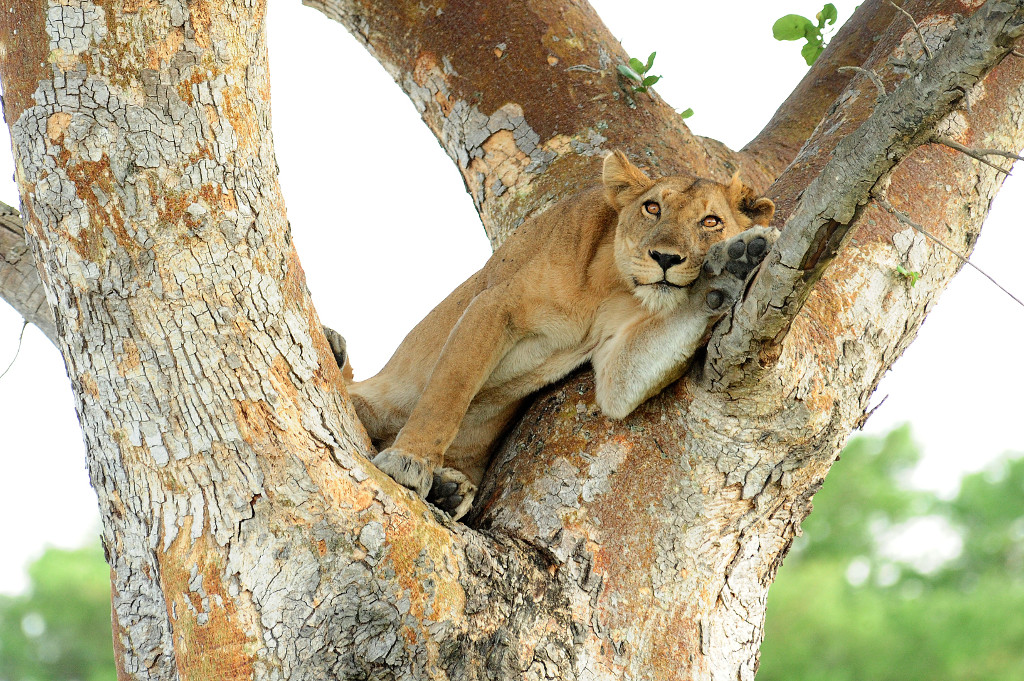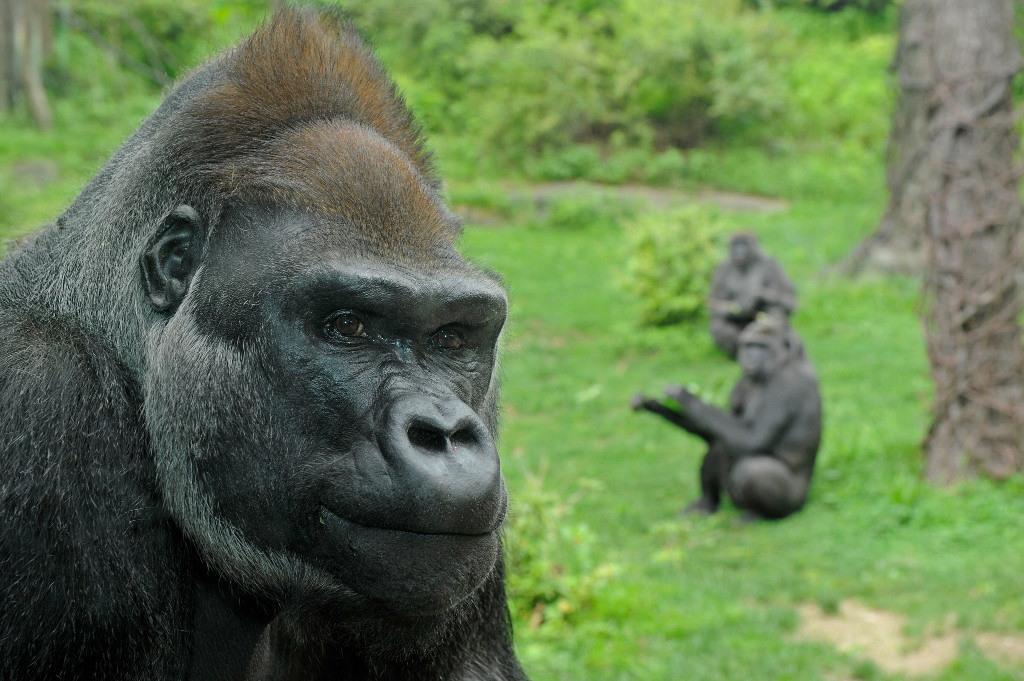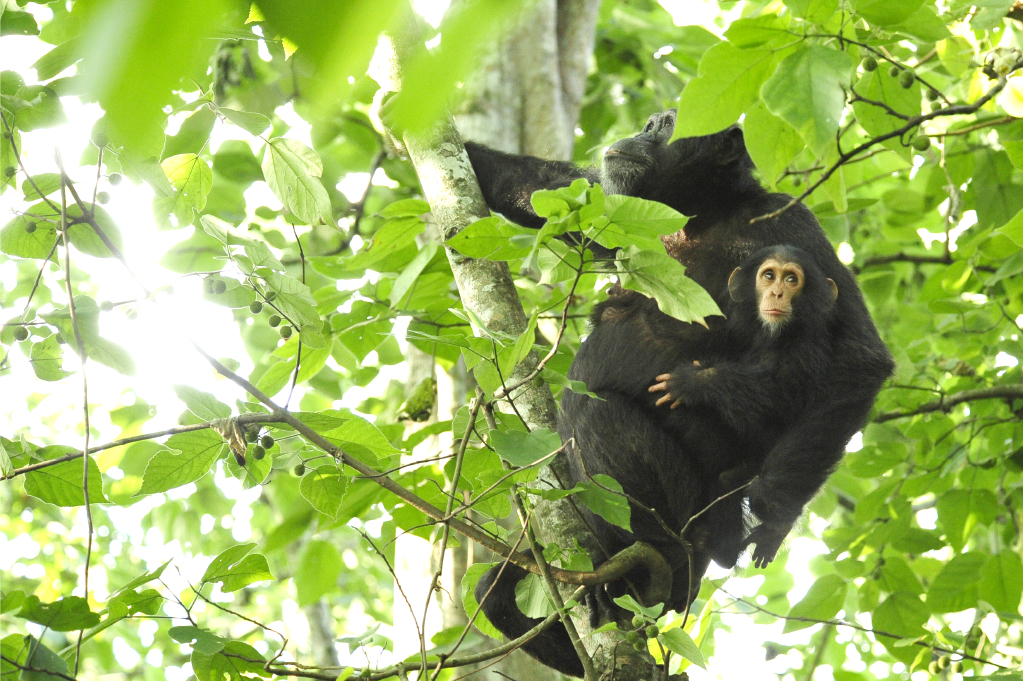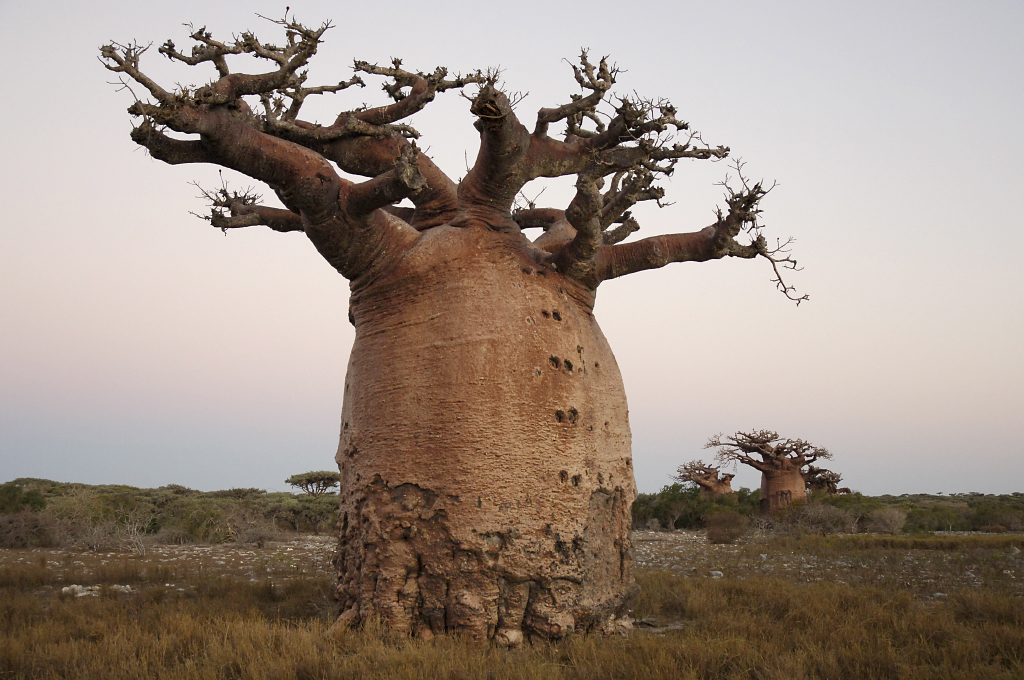R I V E R H O R S E
Hippopotamuses, derived from the Greek words “river horse”, are semi-aquatic herbivores that live their lives in water, except during evening feeding rituals.
Hippos line the banks of the Victoria Nile River in Uganda, above and below the water.
Keep a “camera-ready” status for hippo moments. I had both fast shutter and high ISO settings to capture the action as this female appeared from her lotus-covered lounging spot on a recent Wildlife Conservation Society photo assignment.
Illegal and unregulated hunting for hippo meat and teeth (which are a source of ivory for export) have landed one of the world’s largest land mammals on the 2008 IUCN Red List of Threatened Species with “Vulnerable” status.
Photo credit: Julie Larsen Maher © WCS
Sources: wcs.org, iucnredlist.org, lexar.com – Julie Larsen Maher
